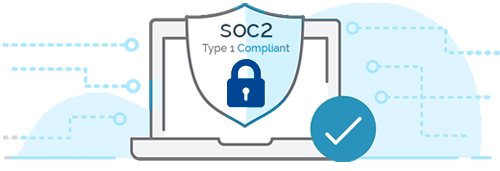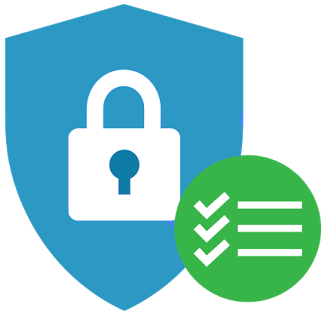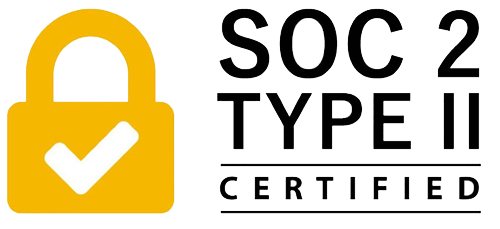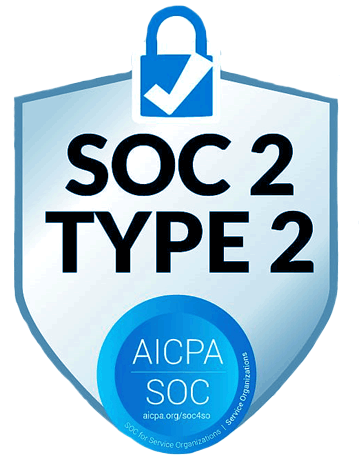SOC2 Type-1 & Type-2 Reports
SOC2 Implementaton
Unlike PCI DSS, which has very rigid requirements, SOC 2 reports are unique to each organization. In line with specific business practices, each designs its own controls to comply with one or more of the trust principles. These internal reports provide you (along with regulators, business partners, suppliers, etc.) with important information about how your service provider manages data.
There are two types of SOC reports:
Type I describes a vendor's systems and whether their design is suitable to meet relevant trust principles. Type II details the operational effectiveness of those systems.
SOC 2 CERTIFICATION

SOC 2 certification is issued by outside auditors. They assess the extent to which a vendor complies with one or more of the five trust principles based on the systems and processes in place.









